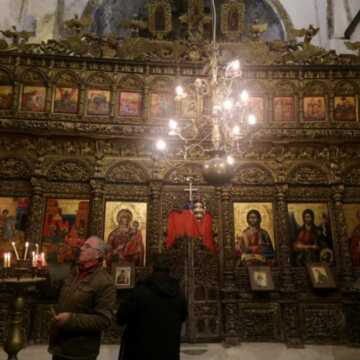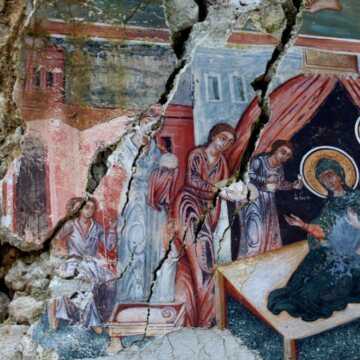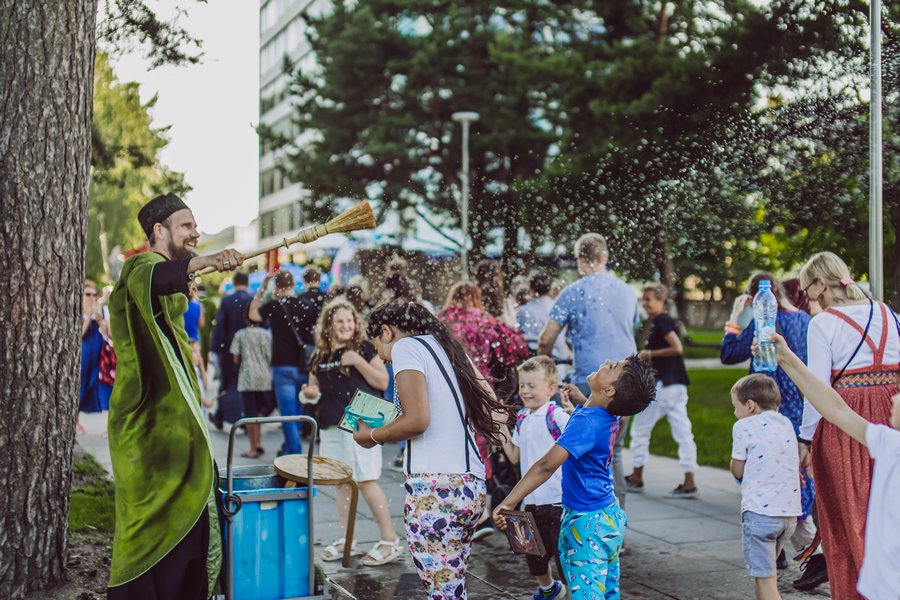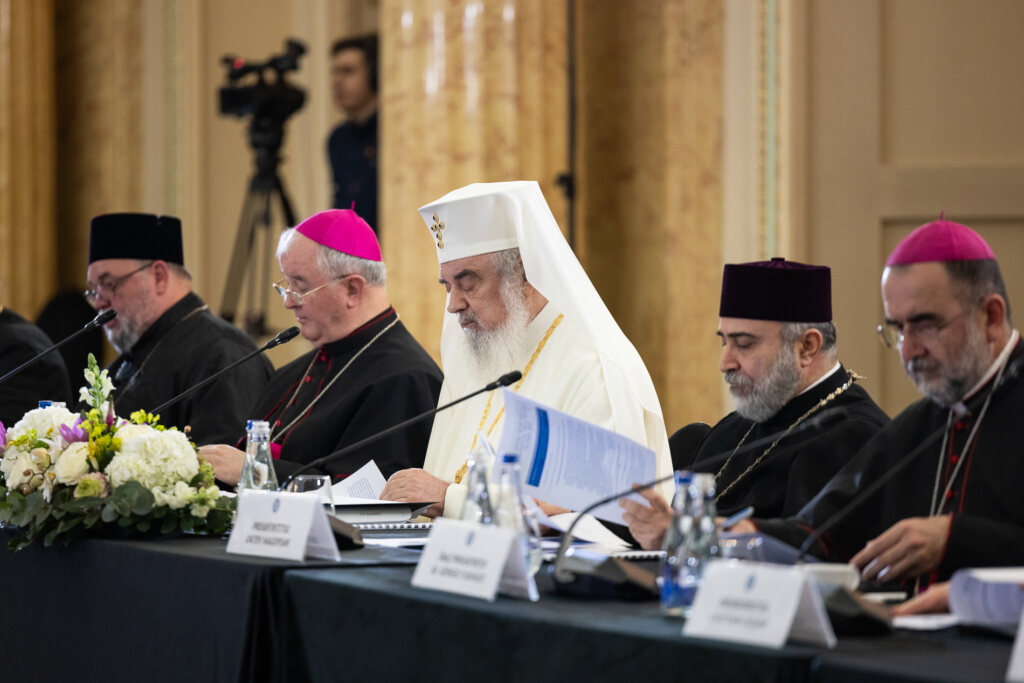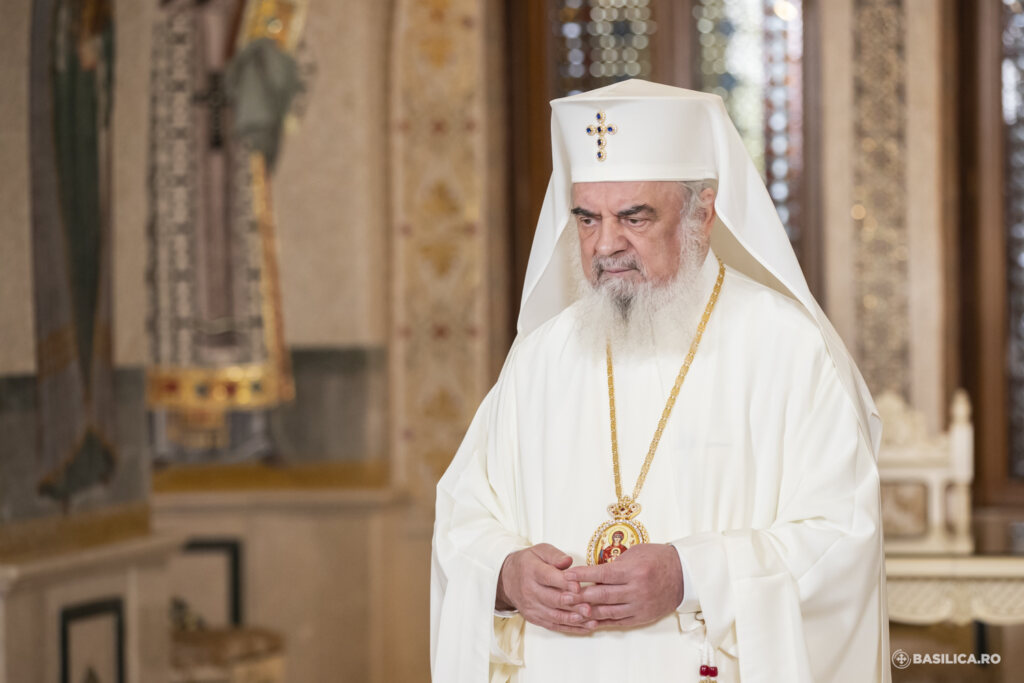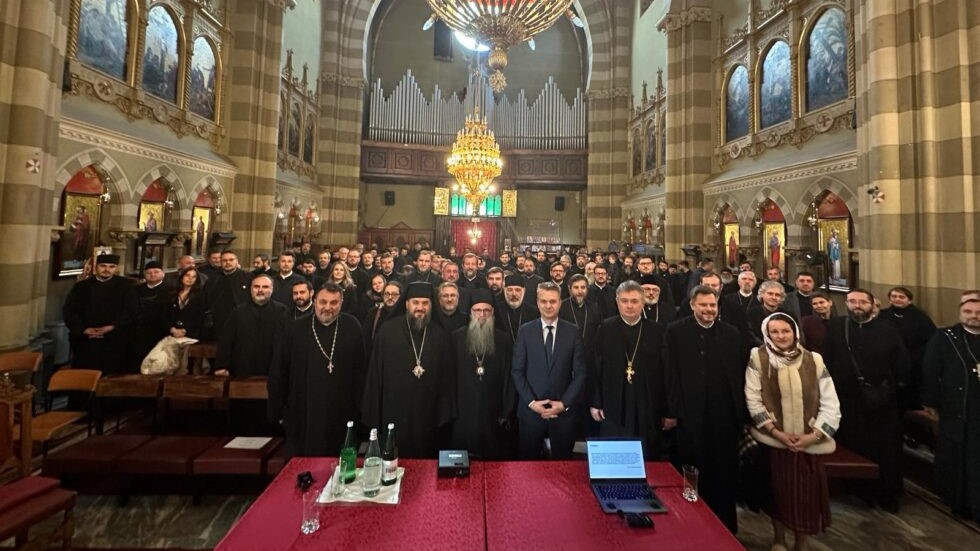Many old Albanian Orthodox churches and the art they contain lie in ruins due to decades of neglect but they could attract tourists if they are repaired, according to experts.
A man lights candles at The Orthodox church of Saint Mary in Labova Kryqit, Gjirokaster, Albania January 24, 2018. The government and the Orthodox church itself have started restoring some of the structures that date from the Byzantine period or later in the south of the country, informs Reuters.
The churches are often in picturesque locations and their fortunes reflect the twists of Albanian politics over the last century.
Albania became a functioning state after World War One after domination under the Ottoman Empire. It became communist after World War Two but embraced democracy in 1990 and aspires to join the European Union.
The post-Byzantine Saint Athanasius church in Leshnice is one example. Its frescoes have stared at the stars since last May when the roof caved in and its southern wall fell down.
The church has plastic sheets over its walls for protection while debris with parts of frescoes is piled to one side.
Jorgo Sheka said it was taken care as a cultural shrine under late dictator Enver Hoxha, who was a hardline Stalinist, but has been neglected since then.
“No one else lifted a finger but Hoxha cared for it,” he said, criticising the leaders who followed Hoxha for neglect.
Hoxha banned religion in the 1960s and destroyed many churches and mosques but he kept some for their art. More than 60 percent of Albanians are nominally Muslim and the rest are Christians.
The Leshnice church is decorated with figures of saints in golden halos and biblical scenes in dark blue and red. Saint Athanasius dates to 1797 but frescoes underneath suggested it was older.
Its fame and location in a village helped the Church at Labova of the Cross get a facelift. Its cross of solid gold weighing 0.8 kilos and carved wood from the cross Christ died on was a gift of Emperor Justinian I, two scholars said.
The cross went missing in 1989 and has not been found.
Photo Credit: Florion Goga / Reuters

